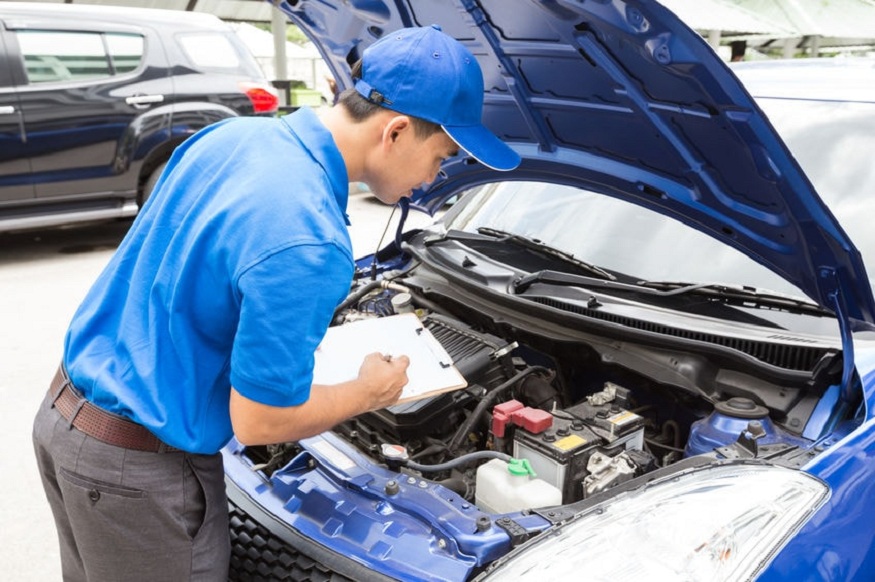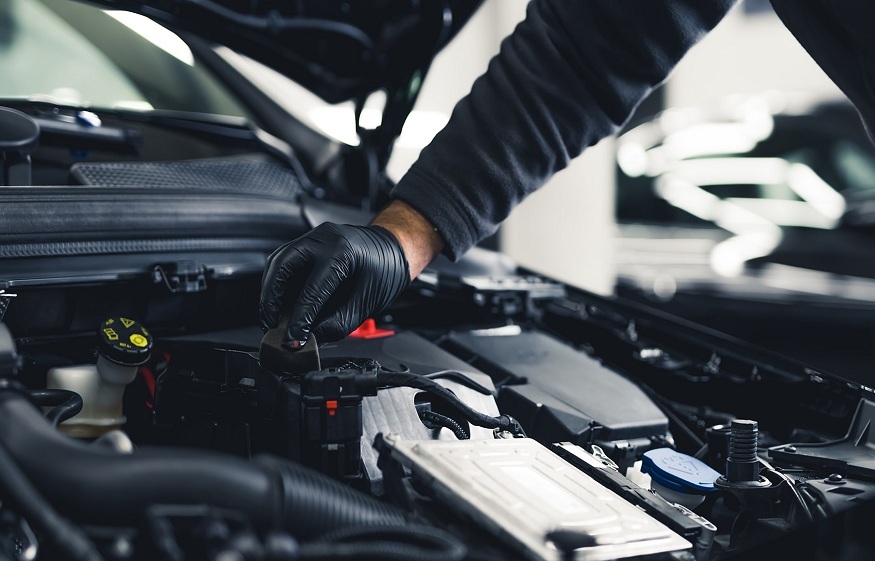Acquiring a used vehicle is always a matter of choice and budget. A car can’t be bought like a baguette, they say, and it’s true! If you are in this dynamic, above all, do not rush to the first model that comes along. There are thousands, even millions, of used cars on the market. You must therefore make a choice and check certain important points before finalizing a transaction. Here are the 10 checks to carry out before signing a deed of sale to put all the chances on your side.
1 – The maintenance log and invoices
The maintenance logbook is the first document to ask from the seller when you are interested in a used vehicle. It lets you know if the automobile has been well maintained and if all necessary services have been carried out. Please note, for a large number of stamps on the booklet, an invoice corresponds . So, if this maintenance booklet is missing, carefully read all invoices related to overhauls, but also repairs. If the seller can’t provide you with either, it’s best to move on.
2 – technical control
The technical inspection is not only obligatory , but it must be presented to you by the seller. This check does not replace the maintenance log or the invoices linked to the car, but it also remains a good complement. The blank technical inspection is very encouraging for a sale. Do not commit if the seller tells you that he will only sell it once he has found a buyer. This piece is valid for six months, so he has plenty of time to present it to potential buyers.
3 – Avoid a previously damaged car
Among the invoices, you may find elements that could alert you and inform you that the vehicle has been in an accident. So, if you see that there have been too many body parts, headlights and windshield changes at the same time, be careful. In this case, remember to check the alignment of the bodywork elements . There must be perfect continuity on the surface. If the seller does not hide from you that the vehicle suffered a collision and that he changed a bumper for example, it is because the accident was minor, but the chassis could also have been affected.
4 – observe the condition of the bodywork
The condition of the bodywork is important when buying a used car. If there are a few micro-scratches or a slight dent, it is not serious and this problem may allow you to negotiate the price of the vehicle. On the other hand, if you see that the paint is blistering in a few places or if you observe traces of rust , this means that the vehicle is not in good condition and that it is certainly layering on the outside.
5 – check the condition of the engine under the hood
Looking at the condition of the engine, touch certain parts to see if the seller ran the car before you arrived. Try to check if you see any traces of oil that may be hidden by dust on grease. Check the levels as well as the motor protections. Check to see if the bases are rusty. Be careful of an engine that is too clean, the seller may have had it cleaned so that you cannot notice any leaks. It is always better to find an engine as is.
6 – The road test
The road test of at least a quarter of an hour should allow you to check if you do not hear any abnormal noises. Remember to check if the handling is good. Also test the gears which must not crack nor the clutch which must have good resistance. Check the dashboard: no lights should be on. Make sure that the lights and indicators are working properly, as well as:
The sunroof if it exists (or the soft top for convertibles)
Remember to recheck the levels when you return. Do not hesitate to ask the seller to reopen the hood for you.
7 – the interior of the car
The interior of the car should also be inspected. You can already see if the car is maintained and that:
The seats are clean and not worn
The steering wheel is in good condition
The gear lever is not marked
The mileage displayed corresponds to the year the vehicle was put into circulation.
Pedal rubbers and floor mats are not too worn
8 – the serial number
Ask the seller for the vehicle’s registration certificate (or registration certificate) and make sure that the serial number matches those of the car. Typically, you find it on the front driver’s side door and on the chassis . This check must be done, because unfortunately there are more and more cars being stolen.
9 – Checking the identity of the seller
Even if it seems strange to you, you must ensure the identity of the seller . He must be able to show you a valid ID corresponding to the name written on the registration document. This precaution saves you from disappointment in the event of theft or simply the fact that the person is the legal owner of the automobile. It very often happens that an ex-spouse wants to sell or sells a car that does not belong to them. If you find yourself in the latter case, ask for the presence of the registration card holder. If you contact an automobile professional, this step is not obligatory, however, find out about the seriousness of the garage in this matter.
10 – modifications
If the vehicle presented to you has undergone modifications, be careful! a tuned car is no longer original and you risk finding yourself confronted with hidden defects or a future insurance problem. You can accept some details like aluminum rims









